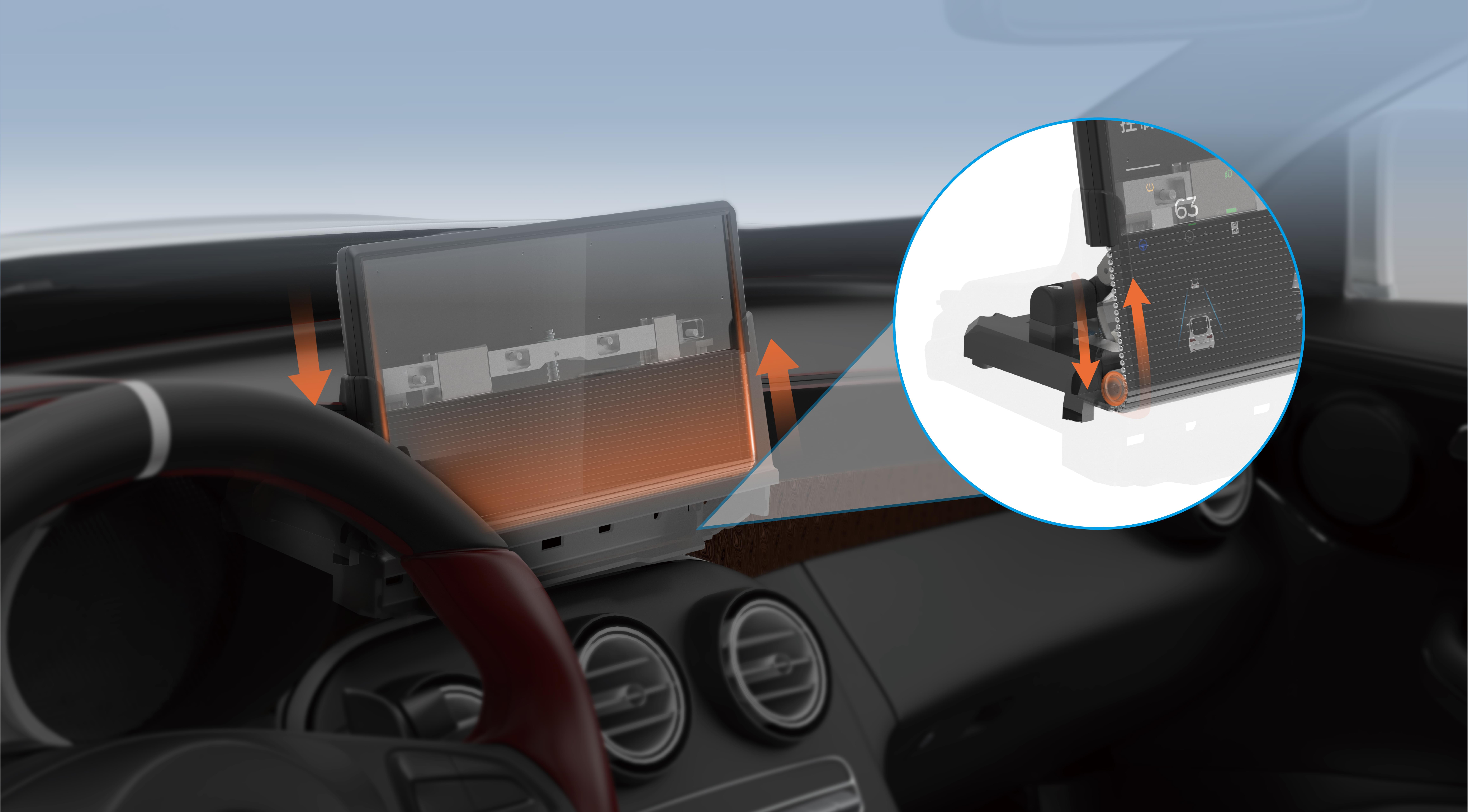When setting up a brushless motor for your RC project, connecting the ESC (Electronic Speed Controller) to the motor is a key step that can sometimes feel a little daunting. But don’t worry, once you know the ropes, it’s actually pretty straightforward. Let’s dive in.

First off, the ESC is the heart of your motor system. It’s responsible for controlling the speed, direction, and braking of your motor, and it’s connected to the brushless motor through three wires. You might think there’s a lot that can go wrong here, but really, it’s just about getting the connections right and ensuring the setup is clean and secure.
Understanding the Wiring
Brushless motors come with three main wires, often labeled A, B, and C. These are the three phases of power that the ESC uses to drive the motor. On the ESC, you’ll find corresponding connections, and these wires need to be connected in a specific order. However, don’t stress too much about the order at first. If you connect them incorrectly, the motor will simply spin in the opposite direction—an easy fix by swapping two wires around.
One thing to keep in mind is that the ESC needs a proper power source to function correctly. This typically comes from a battery—lithium polymer (LiPo) batteries being the most common. Make sure your battery is properly charged and connected before proceeding. Connecting the battery to the ESC might seem a bit intimidating, but it’s usually as simple as plugging the connectors into the ESC’s designated battery port.
The Connection Process
Start by connecting the three motor wires (A, B, and C) from the ESC to the motor. As mentioned earlier, these can be swapped if the motor is spinning the wrong way. After that, connect the ESC’s power input to your battery. Ensure all connections are solid and free of any damage. A loose connection can lead to power loss or even short circuits, which is something you definitely want to avoid.
Once everything is connected, power up the system. You might hear a series of beeps from the ESC, which is its way of indicating it’s ready to go. If you hear anything unusual, it might be a sign that something’s off with your connections.
What Happens After Connection?
After the initial power-up, it’s time to test the motor. Gently throttle up and watch as the motor comes to life. Depending on the quality of your ESC and motor, you’ll notice different levels of responsiveness. Don’t be discouraged if things don’t work perfectly right off the bat. Fine-tuning the settings on your ESC can make a big difference.
A Quick Tip
If your ESC has a program card or a software interface, take a few minutes to customize the settings. Many ESCs allow you to adjust parameters like throttle curve, brake strength, and timing settings. This can help ensure that your motor performs optimally based on the type of project you’re working on.
Wrapping It Up
Connecting the ESC to the brushless motor isn’t as complicated as it might first seem. The main thing is to stay organized with your wires and double-check your connections. Once you get the hang of it, the process becomes much smoother and will allow you to enjoy the power and precision that a brushless system offers. Remember, every project is unique, so take your time, test things out, and don’t hesitate to make adjustments as needed. The satisfaction of seeing your motor run perfectly is well worth the effort.
Kpower has delivered professional drive system solutions to over 500 enterprise clients globally with products covering various fields such as Smart Home Systems, Automatic Electronics, Robotics, Precision Agriculture, Drones, and Industrial Automation.




































